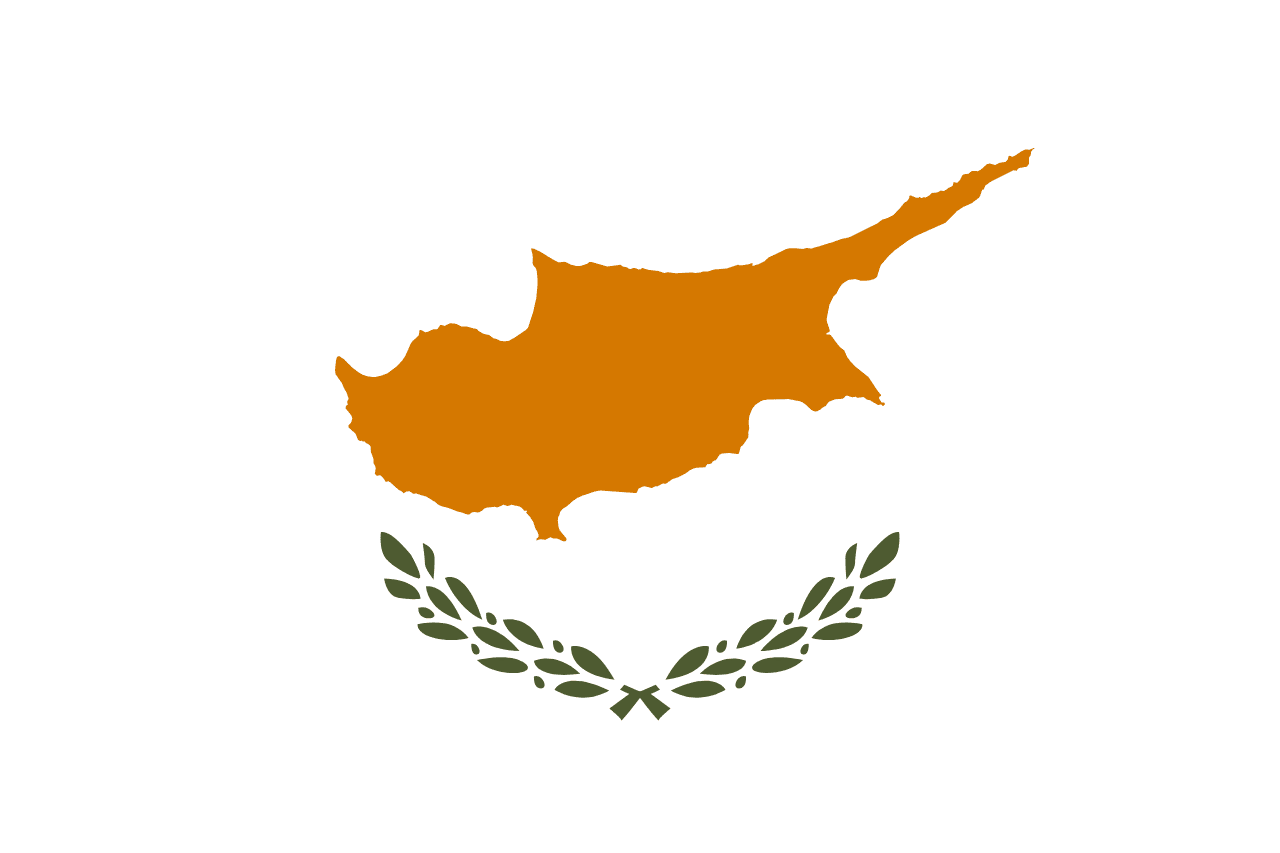La bandera de Cuba consiste en cinco franjas horizontales alternadas de color azul y blanco, con un triángulo equilátero rojo en el lado del asta que contiene una estrella blanca de cinco puntas. Este diseño distintivo, rico en simbolismo y significado histórico, ha representado a Cuba desde su adopción el 20 de mayo de 1902, marcando el nacimiento de la República de Cuba.
Información sobre Cuba
| Día Nacional de la Bandera | — |
| Estado soberano | Sí |
| Nombre oficial | República de Cuba |
| Capital | La Habana |
| Población | 11,333,333 |
| Área | 109,884 km² |
| Moneda | Peso cubano (CUP) |
| Idioma | Español |
| Continente | América del Norte |
| Región | Caribe |
| Subregión | Antillas Mayores |
| Fronteras | Estados Unidos, Haití, Jamaica, Islas Caimán |
| Zona horaria | Hora Estándar de Cuba (CST) UTC-5 |
| Código de llamada | +53 |
| Dominio de nivel superior | .cu |
Historia de la Bandera Cubana
 Los orígenes de la bandera cubana se remontan a 1849, cuando fue diseñada por Narciso López, un soldado venezolano que luchó por la independencia de Cuba. La bandera fue adoptada oficialmente en 1902, cuando Cuba obtuvo su independencia de España. Su diseño fue influenciado por la bandera de los Estados Unidos, reflejando los lazos históricos de Cuba con dicho país y sus aspiraciones de independencia.
Los orígenes de la bandera cubana se remontan a 1849, cuando fue diseñada por Narciso López, un soldado venezolano que luchó por la independencia de Cuba. La bandera fue adoptada oficialmente en 1902, cuando Cuba obtuvo su independencia de España. Su diseño fue influenciado por la bandera de los Estados Unidos, reflejando los lazos históricos de Cuba con dicho país y sus aspiraciones de independencia.
Simbolismo y Diseño de la Bandera Cubana
Cada elemento de la bandera cubana tiene un significado simbólico profundo:
- Las tres franjas azules representan los tres departamentos en los que Cuba estaba dividida durante el período colonial: Occidente, Centro y Oriente.
- Las dos franjas blancas simbolizan la pureza y la justicia de la causa cubana.
- El triángulo equilátero rojo representa la igualdad, la fraternidad y la libertad, así como la sangre derramada en la lucha por la independencia.
- La estrella blanca solitaria, conocida como "La Estrella Solitaria," representa a una Cuba independiente, fuerte y libre entre otras naciones.
Evolución de la Bandera Cubana
La bandera cubana ha experimentado varios cambios a lo largo de la historia:
- 1850: La bandera fue izada por primera vez en Cárdenas durante una rebelión fallida contra el dominio español.
- 1868-1878: Durante la Guerra de los Diez Años, los revolucionarios cubanos usaron una versión ligeramente diferente de la bandera.
- 1895-1898: La bandera se convirtió en un símbolo poderoso durante la Guerra de Independencia de Cuba.
- 1902-presente: El diseño actual fue adoptado oficialmente tras la independencia de Cuba.
Uso y Significado de la Bandera Cubana
 La bandera cubana es un poderoso símbolo de identidad y orgullo nacional. Se exhibe prominentemente durante los días festivos nacionales, como el Día de la Independencia (10 de octubre) y el Día de la Revolución (26 de julio). La bandera ondea en edificios gubernamentales, escuelas y espacios públicos. También se usa en eventos culturales, competiciones deportivas y manifestaciones políticas, sirviendo como un símbolo unificador para los cubanos tanto en la isla como en el extranjero.
La bandera cubana es un poderoso símbolo de identidad y orgullo nacional. Se exhibe prominentemente durante los días festivos nacionales, como el Día de la Independencia (10 de octubre) y el Día de la Revolución (26 de julio). La bandera ondea en edificios gubernamentales, escuelas y espacios públicos. También se usa en eventos culturales, competiciones deportivas y manifestaciones políticas, sirviendo como un símbolo unificador para los cubanos tanto en la isla como en el extranjero.
Datos Curiosos Sobre la Bandera Cubana
- La bandera cubana a menudo se denomina "La Estrella Solitaria" debido a la estrella única en su diseño.
- El diseño de la bandera ha inspirado banderas similares en Puerto Rico y Chile, reflejando su influencia en la vexilología latinoamericana.
- Durante la Revolución Cubana liderada por Fidel Castro, la bandera del Movimiento 26 de Julio (negra y roja) se utilizó junto con la bandera nacional, simbolizando la lucha revolucionaria.
- El tono exacto de azul utilizado en la bandera cubana ha variado con el tiempo, con algunas versiones usando un azul más claro y otras un tono más oscuro.
- En las comunidades cubano-americanas, particularmente en Miami, la bandera a menudo se muestra como símbolo del patrimonio cubano y oposición al gobierno actual de Cuba.





